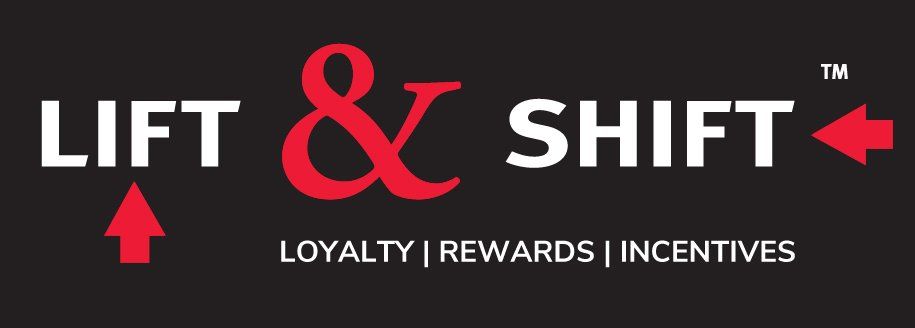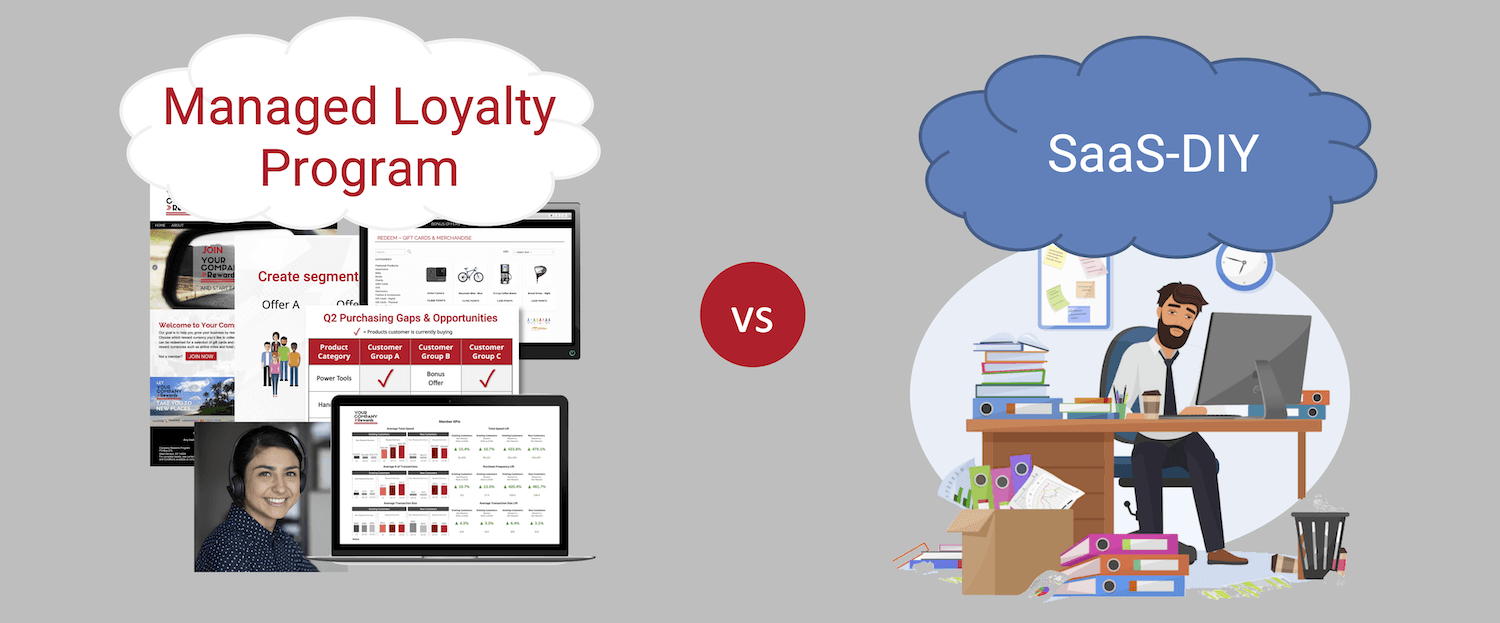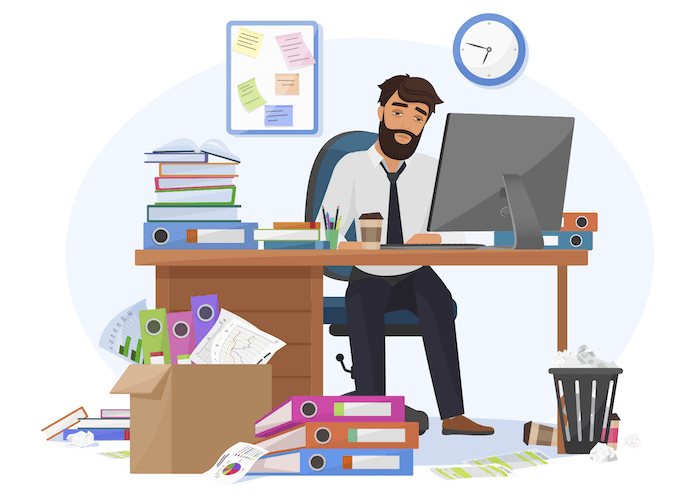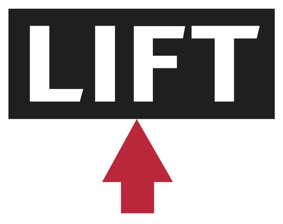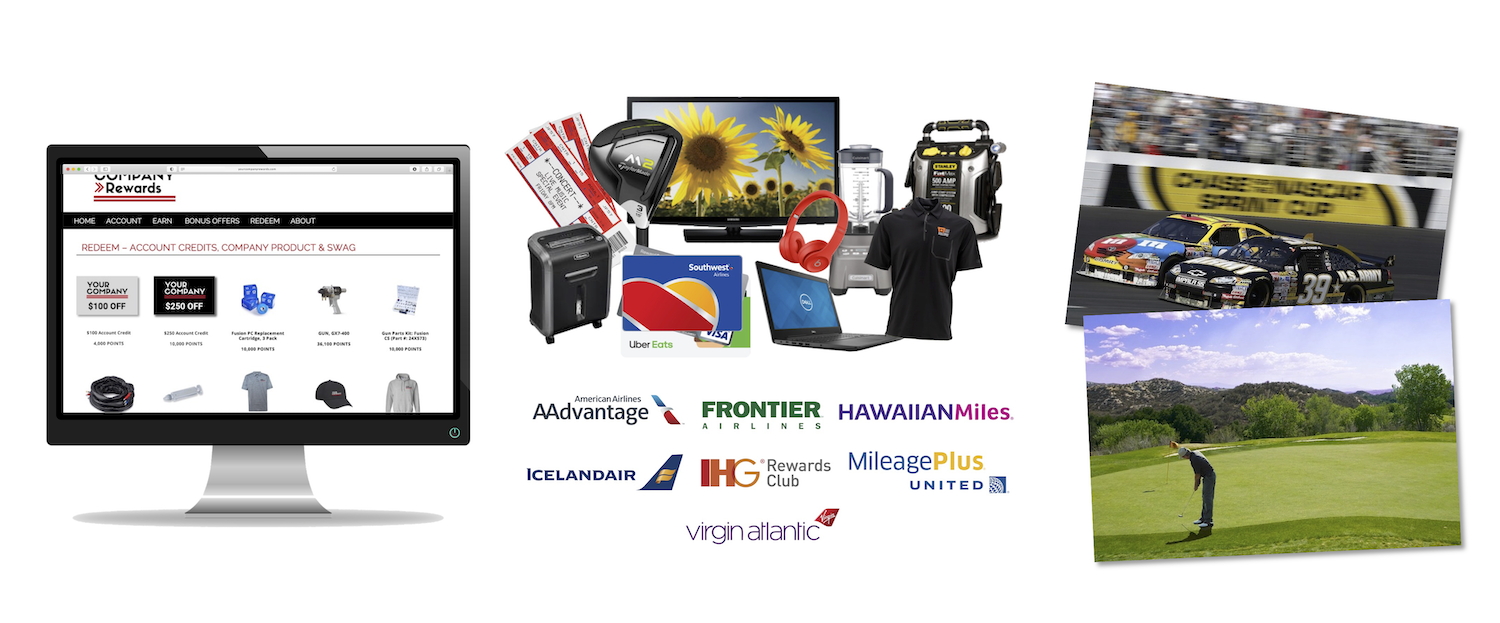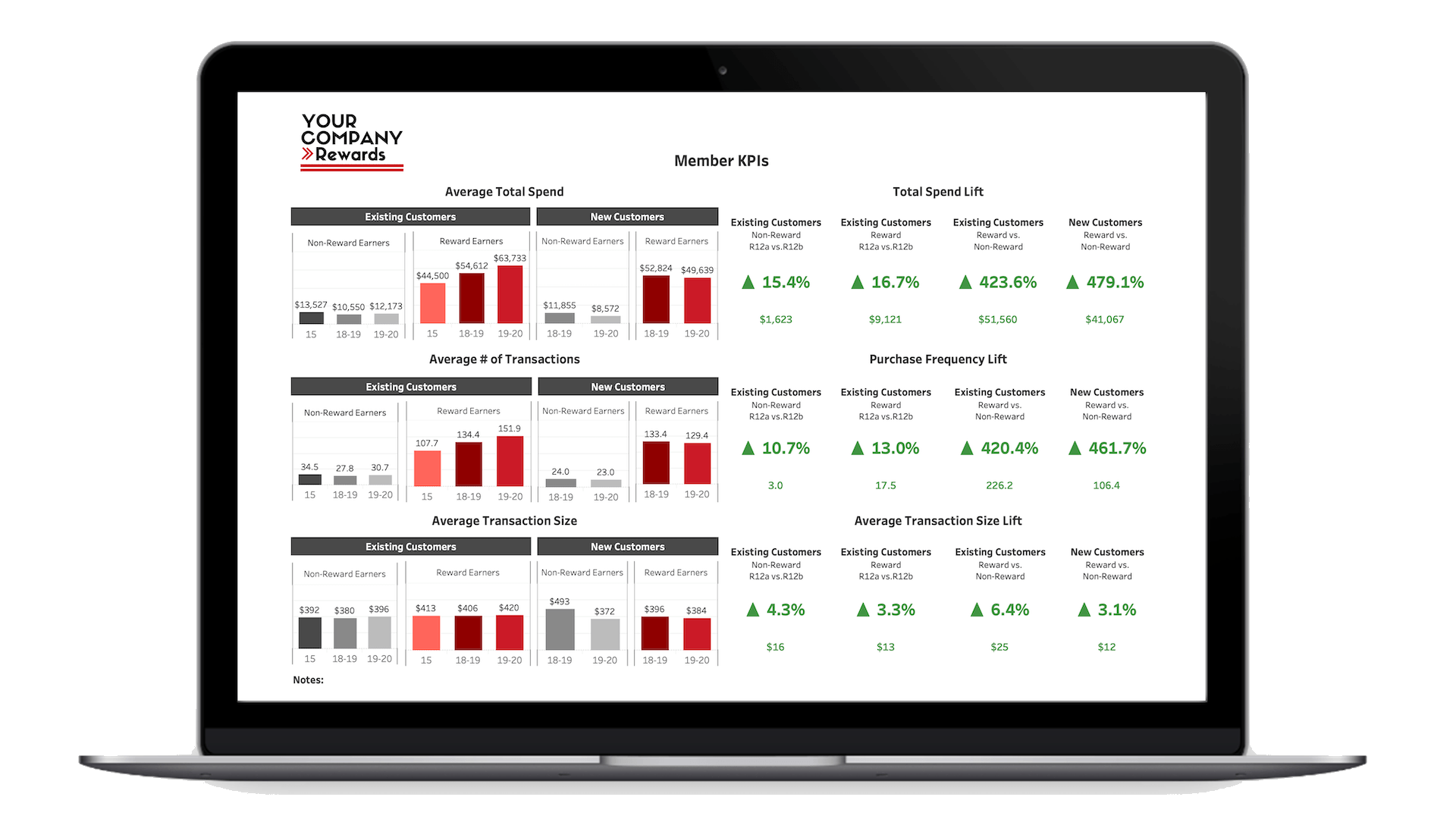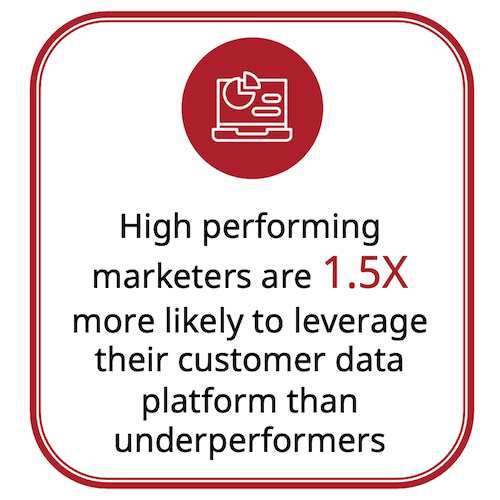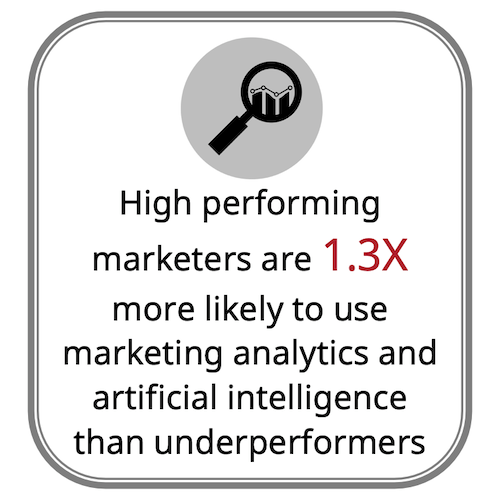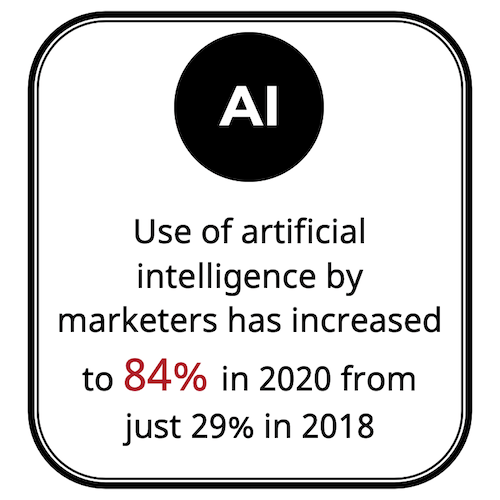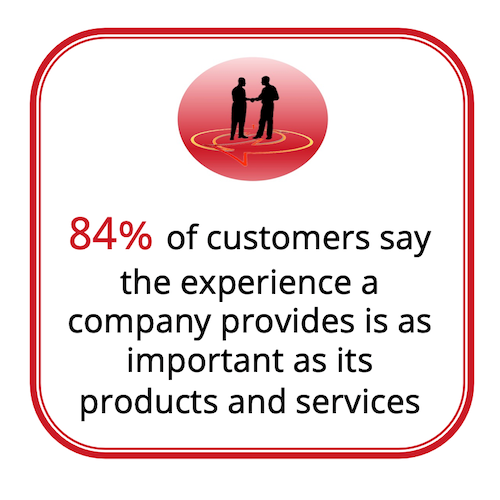Programs require too much work for customers to participate
Your customers are busy, and you want them to have the best possible customer experience. Your customer loyalty program has to support this need. If your SaaS loyalty program is not set up correctly or lacks key elements that may not be available (or are expensive optional upgrades), then it may be difficult for customers to join your program, submit claims, access their rewards balance, redeem loyalty points for rewards or receive relevant communications. If these basic criteria aren’t met, your program won’t generate the brand loyalty you were hoping for.
Lack of program insights and intelligence
Measuring your rewards program impact is one of the most crucial tasks for a program owner. A well-structured loyalty rewards program will generate substantial incremental sales and profit for your company. Many DIY products offer little or no measurement tools or capabilities and as a result, your company is literally flying blind. Opportunities to tweak or change the program and its uses are missed and program ROI is underachieved.
Program template doesn’t match your business goals
There’s nothing worse than trying to operate a program and discovering that the platform you’ve hired doesn’t actually have all the capabilities that were promised, or it can’t grow and adapt to your changing business priorities. SaaS programs are usually a templated, one size fits all platform, limiting the ability to customize specific facets of your program to match your business objectives. They are designed with general principals in mind.
But your business is not like all others, you need a loyalty program solution that will align with your sales process, driving greater market share, increased sales and better bottom line profits. Because of their limited capacity, a DIY program will only offer limited results.
A fully managed program is custom designed for your specific business model, competitive environment, and strategic imperatives.
Program fails to evolve
Many programs are set up and left essentially unchanged for many years, not adapting to a company’s ever-changing sales priorities. The programs are based on accumulated sales each year, where customers earn points as they buy and then the points program simply re-sets at the end of the year.
A SaaS loyalty program often lacks any sort of quarter-over-quarter, or year-over-year sales increases required to capture a greater share of market and increasing the average customer lifetime value. It misses the opportunity to turn marginal customers into more profitable customers.
Too often the program fails to incorporate strategic sales initiatives (e.g. new product introduction or cross-sell opportunities) into the program rules or design. These are incredible lost opportunities for better customer engagement and the creation of more profitable customers.
With a fully managed program you’ve got a team of experts continually reviewing your programs performance, ensuring that any necessary adjustments are made to optimize ROI and keep the program in line with your annual strategic goals.
8 steps to loyalty program excellence – tools and expertise checklist
The five loyalty program software challenges outlined above can be attributed to two key areas: tools and expertise. You can’t have just one of these – a truly impactful loyalty program needs both.
1. Ensure your reward program is a profit center – key program design considerations
Every company is different, so your program should reflect your unique set of needs and priorities.
- What should your reward rules be?
- How rich should your reward values be?
- Should you use the same reward values across the board or vary them according to what you sell?
- What are the margins involved?
- Who should be targeted with the program – all customers or select segments?
- Is a minimum spend required and how should that be determined?
- What sort of rewards should we include?
2. Create an on-site user experience your customers will love – best-in-class program user tools
It’s one thing to say, “we have a points program,” but it is another to actually deliver a user-friendly customer reward program experience that builds customer loyalty for your brand. It has to be VERY easy for your customers to sign up for your program, understand the program rules, obtain their program points balance, learn about opportunities to earn more points and then use the points to obtain the rewards they have interest in. It also has to be easy for your sales team to leverage with customers.
This means:
- an intuitive customer-facing reward website for program sign-up, participation rules and points balance
- a personalized monthly loyalty reward statement that includes account balance and realistic opportunities to earn
- a simple claim submission portal (if required)
- an easy-to-use points redemption interface with a great selection of engaging reward options
- a referral program that rewards your existing customer as well as the new customer
- a sales team portal for your sales team to access their customer reward details prior to making sales calls or visits
3. Know your customers and give them what they want – using data analytics
Many SaaS products are designed for retail applications, with limited requirements for in-depth transactional data analysis. The opposite is true for most B2B programs, where increases in customer loyalty are measured in terms of specific customer behaviors tied to data-driven insights pulled from vast amounts of historical sales data.
Well managed programs are very focused on two key metrics:
To accomplish these key metrics, it is imperative to be able to quickly and efficiently analyze a lot of data. A fully managed program will employ a suite of different analytical tools powered by proprietary algorithms – complicated mathematical formulas that sift through mountains of customer data to identify important purchasing trends and customer types and segments. Without a set of analytical tools such as this, it is very time-consuming to study years of sales data to identify customers who:
- have reduced purchasing volume in the past 3, 6, 12 or 18 months – in isolation or compared to peer customers
- have never bought a particular product, brand or category
- have not purchased the same product bundles or groupings as similar customers
- have not had certain types of repeat purchases
Developing these tools (and the skills to use them) requires experience, but they are essential for the success of any customer loyalty program. They enable you to better target and engage customers with relevant offers tied to specific purchasing behavior, which is crucial for the program ROI optimization.
A SaaS loyalty platform will often lack such advanced resources or the manager administering the program may not have the time or ability to work with the algorithmic queries involved to obtain the data insights.
4. Turn your sales into repeat customers – the importance of transaction processing automation
When it comes to loyalty program participation, program perks (i.e. the loyalty points and the rewards they can be converted into) are the key to changing customer behavior. Customer reward programs are “opt-in” programs, where the customer elects to participate in the program to receive points tied to making the purchases your company wants to see more of. It is crucial that each customer receives all of the points they are due in a timely and consistent manner to reinforce the desired behavior. That’s where robust transaction processing comes into play.
Set reward rules to influence purchasing
A B2B program should be set up to enable your company to influence purchasing across a wide variety of customer types and sales objectives. As a result, a complex set of reward rules are required including, for example, year over year growth targets, special product bundles, cross-category or upsell purchasing, e-commerce orders, etc. Each will have its own set of reward rules. These rules need to be quickly and efficiently tracked. As qualifying purchases take place, the associated rewards need to be calculated, accumulated and deposited into each customers’ reward account.
Transaction processing automation eases evaluation work load
Trying to do this manually with spreadsheets is a non-starter; transaction processing automation is the key. A fully managed loyalty program will employ a proprietary “rules engine” where the clients’ program rules (ongoing and short-term or tactical) are set up. It will then import each clients’ sales information, which can consist of
millions of lines of data, and instantly compare them to their reward program rules, enabling it to calculate what reward customers have earned in a matter of seconds, without the potential errors associated with manual calculations.
Most SaaS-driven programs have nothing to compare to this level of professionally managed B2B reward platform capabilities.
5. Keep customers coming back – personalized reward member statements drive engagement
Data analysis is just the beginning of your customers’ data-driven reward journey. Once you understand who bought or did not buy what, the next step is to incorporate these insights into highly personalized customer communications that leverage relevant program reward offers. The more relevant the offers, the greater the opportunity to drive the desired purchasing behavior and increase sales and profitability, not to mention KPIs like customer loyalty, customer retention, customer referrals and new customer acquisition.
The best fully managed programs will employ a robust, industry-leading CRM platform that will enable it to communicate with every loyal customer on a one-to-one basis. Your reward customers will receive a monthly (or bi-weekly) reward statement containing all-important reward program information, including:
- current point balance
- purchases required to reach the next reward level
- the percent achieved to date in relation to the next goal
- special offers tied to purchase history and tactical sales objectives
- available reward items based on their current reward point balance
The statement should be curated to reflect the unique status of each customer. To help you understand the impact of the communication, a managed program will include reports, including open rates and click-through data. The click-through information is also useful for your sales team, to help them understand where the customer may have added interest.
6. All your customers are not created equal – offer a diverse selection of rewards
Most B2B companies have thousands of customers. Whether they are buyers, purchasing managers or business owners, they are all unique, with different likes and tastes and your reward selection should reflect that. SaaS-driven DIY platforms tend to promote the products/services of the company as a reward (a free oil change or free coffee, etc.). This sort of limited reward array is not appropriate for the varied B2B customer base. Your reward program is in place to reward customers for their loyalty, so you need to provide a reward selection that suits their preferences, not just your own.
Certainly, you should include your products and services as reward options. Other in-house perks like branded apparel, account credits, free shipping, marketing tools, co-op dollars and training are also great ideas. But an effective program will also include popular third-party merchandise (such as sporting goods, electronics, household items, home office supplies and automotive accessories), retailer gift cards, pre-paid credit cards and experiential rewards (trips, events and travel packages) to round out the offering, making it universally appealing.
